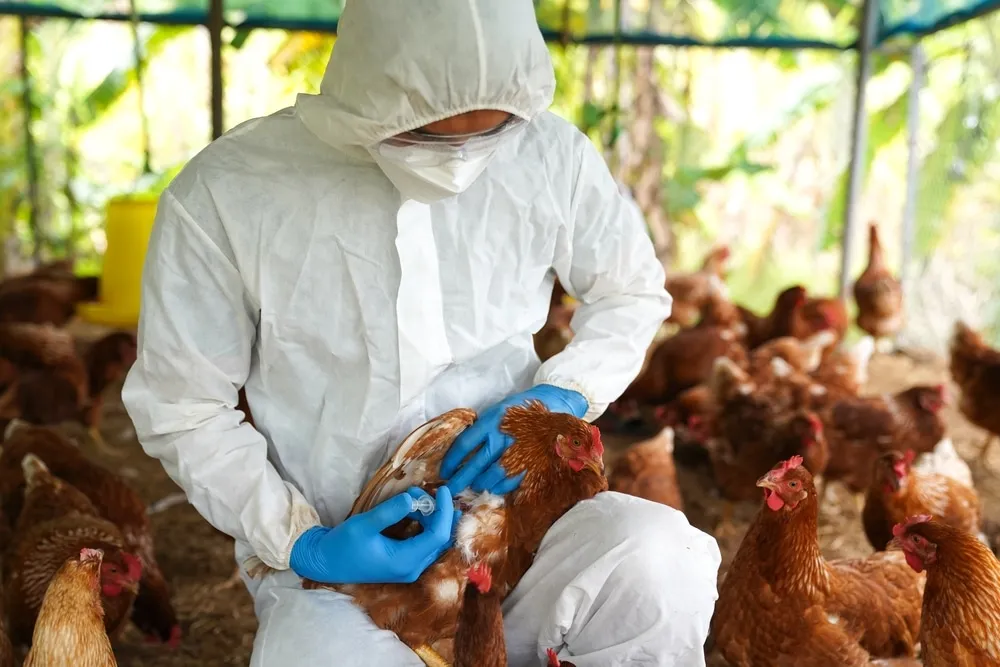A quiet Kentucky poultry operation has become the unlikely center of an international health alert after becoming the first U.S. site confirmed with H5N9 avian influenza. The detection of this novel strain has set in motion a well-rehearsed but rarely used emergency response protocol that could determine whether this outbreak remains isolated or spreads nationwide.

Agriculture officials describe a race against time unfolding behind the scenes. “From the moment we got the lab results, every minute counted,” one responder explained anonymously. The standard procedure – complete depopulation of affected barns – was implemented within 24 hours of confirmation.
Scientists are particularly interested in how this strain reached American shores. Early speculation centers on migratory birds, nature’s frequent flu carriers, who may have brought the virus from overseas outbreaks. Genetic testing now underway could reveal the pathogen’s journey and help predict its behavior.

For poultry workers in the region, the outbreak brings back painful memories of previous flu scares that devastated local economies. Many are dusting off protective gear and doubling down on biosecurity measures that became routine during past outbreaks but had relaxed in recent years.


